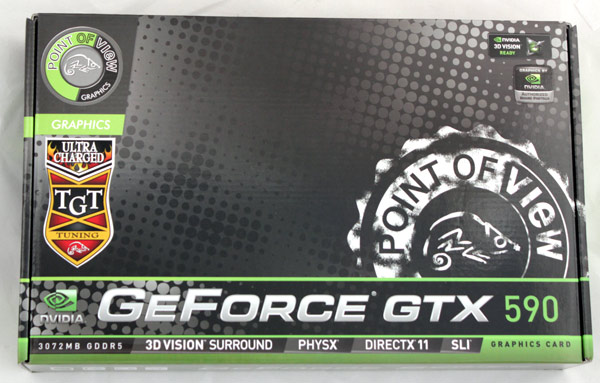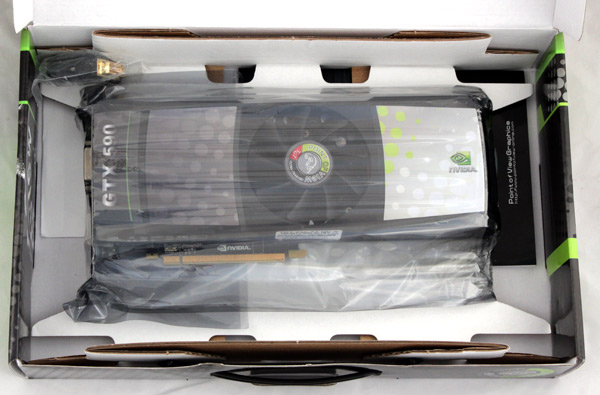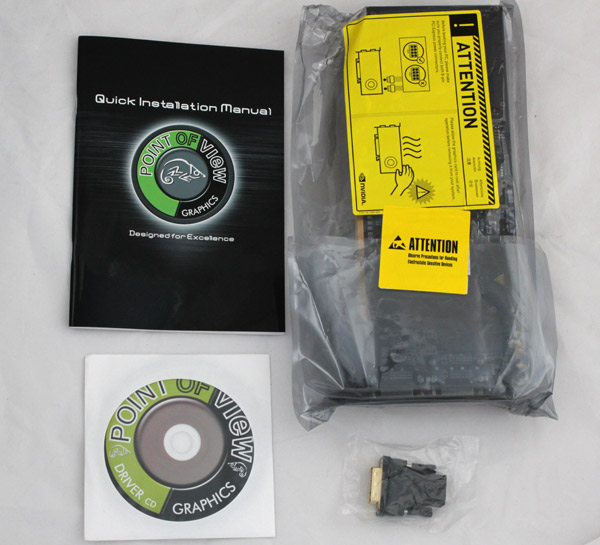Index
Nvidia used a single-PCB design with a central fan. As we already said, all Nvidia partners currently use reference cooling on GTX 590 cards and POV/TGT is no exception.
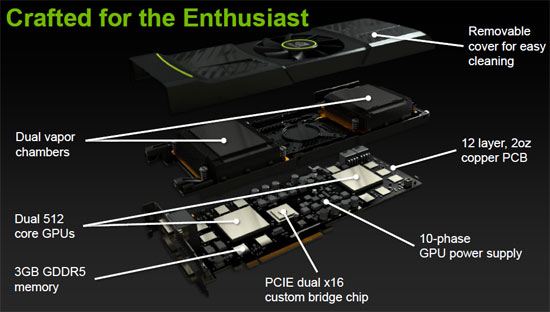
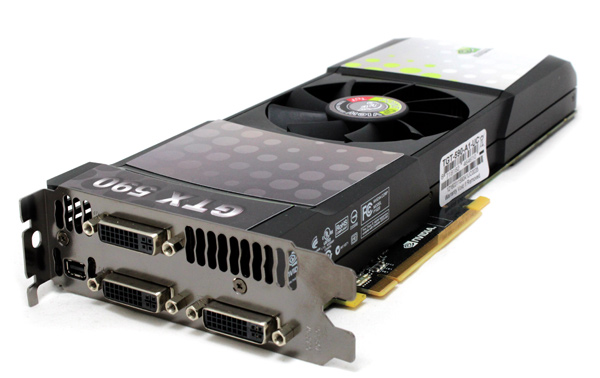
PCB is the reference one with four video outs. The center of the cooler is slightly lower than the far ends of the cooler, improving airflow in both directions.
POV/TGT GTX 590's cooler is not too loud during gaming. Nvidia obviously made sure that this is their quietest dual GPU card so far.
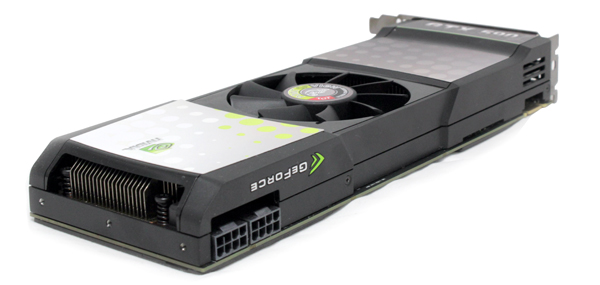
GTX 590’s thermal efficiency comes from using two vapor-chambers and their heatsinks. The outlets on the front and back of the card are there to push hot air out, helping the fan to run without making much noise. Bad thing about such a design is that temperatures inside the case can go up significantly, which means that you should make sure of optimum air flow inside your case.
The back of the GTX 590 has two passive heatspreaders that serve as backplate for vapor chambers as well. Below the black plates you’ll find GDDR5 memory modules, so the memory has passive cooling. The memory in question comes from Samsung - K4G10325FE-HC04 specified to run at 1250MHz (5000MHz effectively).
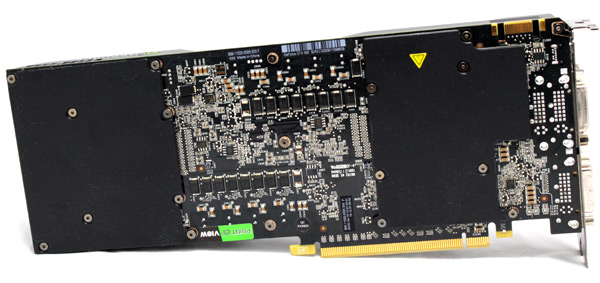
GTX 590 is almost 11 inches long whereas the HD 6990 is about 12.2 inch. You can check out the comparison between these two cards below.
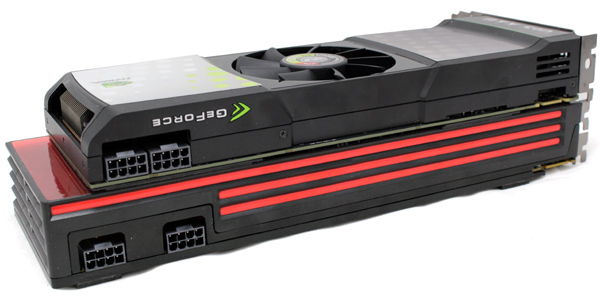
Powering the fastest high-end cards today requires two 8-pin power connectors. GTX 590 has a 365W TDP and Nvidia recommends an 800W PSU. GeForce logo above the power connector glows when the card is running. In case the card has power trouble, it will blink.
Geforce GTX 590 has one SLI connector, which is enough for Quad SLI. Of course, Quad SLI will require at least a 1100W PSU as well as a motherboard that will allow at least one extra slot between the two cards.
POV/TGT’s GTX 590 allows you to indulge in some Nvidia Surround. The card comes with four video outs and, since it is a dual GPU card, you can simultaneously use up to four displays. Fermi cards usually allow for only two displays due to Nvidia’s single-GPU design limitations. As you can see from the picture, GTX 590 comes with three dual-link DVIs and one mini-DisplayPort.
The PCB holds two GF110 as well as one Nvidia NF200 PCI-Express bridge chip, which enables for internal communication via x16 PCI-E lane connection. The NF200 is manufactured on an 80nm process and consumes about 12W. The GPU uses 10 phase regulation whereas the memory uses 4-phase. Nvidia opted on CHiL CHL8266 voltage regulator, one per each GPU (the same regulator is used on GTX 580 / GTX 570 cards).
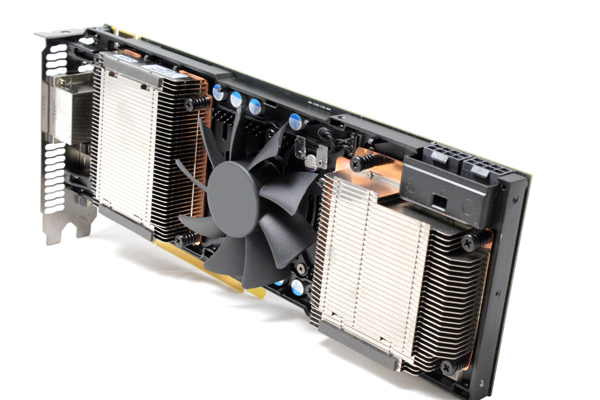
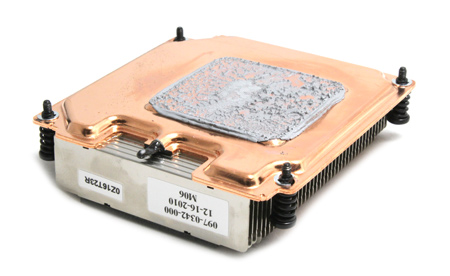
Vapor chamber technology needs no classic heatpipes for transferring heat from the cooler base to the heatsink. The vapor chamber, which is the cooler’s base at the same time, is in charge of trasfering GPU heat to the heatsink. That way, air can flow through the heatsink unobstructed, which is not the case when using heatpipes that obstruct airflow.
The Packaging